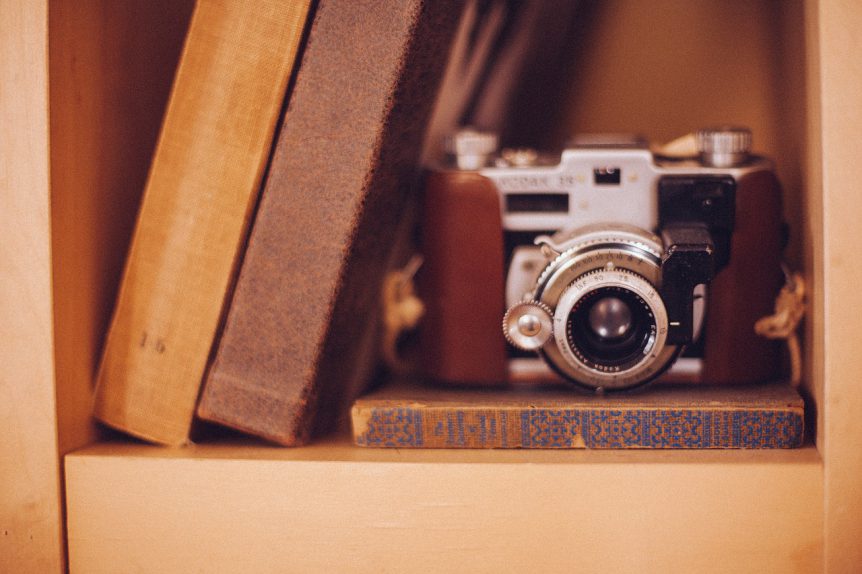Tired of paying for Kindle ebooks? Here's how you can make your own!
Getting a physical book onto your Kindle requires 3 basic steps:
- Capture the book content using a camera.
- Pre-process the captured content using Scan Tailor.
- Use ABBYY FineReader for optical character recognition (OCR) to produce an eBook.
In this post, I'll be covering step 1.
Materials
You will need 6 basic materials to capture the book content.
- Camera. The camera is used to take pictures of the book content. I use a Nikon Coolpix S550. Although I haven't tried many other cameras, I've had relatively successful optical character recognition (OCR) with camera phones as well. The camera probably doesn't matter much, but having a camera that can be mounted on a tripod will likely produce more consistent results.
- Camera tripod. The tripod provides a steady base so there's little need to readjust the camera for each page. I bought a 53-inch Camera Tripod from Amazon which cost about $12 USD at the time.
- Glass. The glass is placed on top of the page being photographed and flattens the page to provide a better picture for optical character recognition. You'll need a piece of glass at least as big as the page being captured. I happened to be at IKEA and bought something like this RIBBA picture frame. It cost about $5 and the glass is perfect.
- Shoe box. The shoe box is shaped to provide a cradle for the book. This allows you to photograph the page without bending the book too much. If you were to scan the page using a flatbed scanner, the act of flattening the book against the scanner glass could potentially damage the binding. I happened to have a shoe box lying around which I adapted as a book cradle.
- Light. The light source is tilted over the page being photographed and provides a better picture for optical character recognition. I have an ARSTID lamp which works quite well for me.
- Book. You'll definitely need this one. 🙂
The setup
The setup is a variation on the Bargain-Price Book Scanner From A Cardboard Box.
- Prepare the book cradle. I did this by cutting a triangle out of the shoe box and then duct taping the rough edges.
- Place the book in the cradle opened to the page to be captured.
- Place the glass on top of the page to be captured.
- Position the tripod and camera so that you get a straight on shot of the page to be captured.
- Position the lamp opposite the tripod/camera.
Capturing the pages
- Capture each chapter at a time. For the first few chapters, I find this easier than attempting to capture the whole book.
- Capture all odd pages first.
- Turn the book 180 degrees. Then capture all even pages.
Reorder the pictures
- Transfer pictures to your computer.
- Put the odd pages in one directory and the even pages in another directory.
- Browse through the odd pages and rotate them so that they are readable.
- Rename the pages so that they have odd numbers. For example, if you're capture chapter 1, rename the files ch01_01, ch01_03, ch01_05, etc. This ensures that when you put the even and odd pages together that they will be ordered correctly.
- Browse through the even pages and rotate them so that they are readable.
- Rename the even pages in a similar manner so that they use even numbers like ch01_02, ch01_04, ch01_06, etc.
- Put all the even and odd files together in the same directory.
Congratulations! You've just captured your first chapter! 🙂

